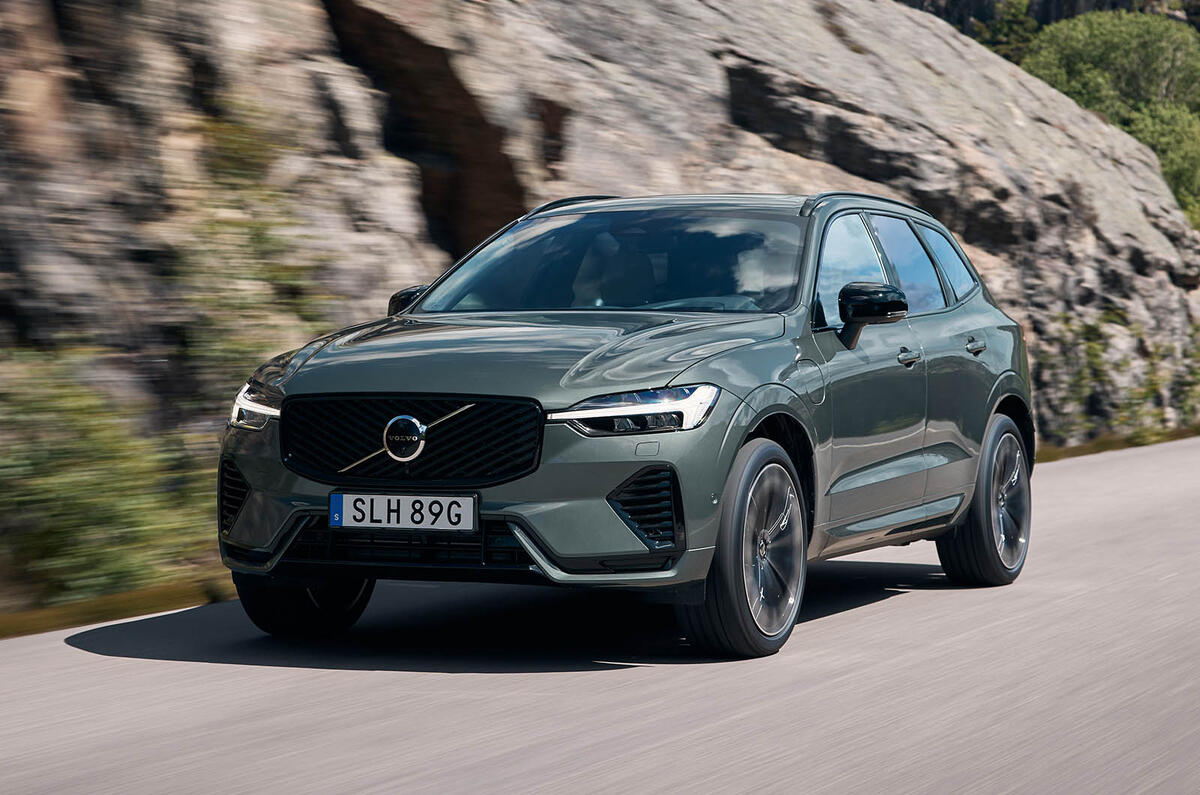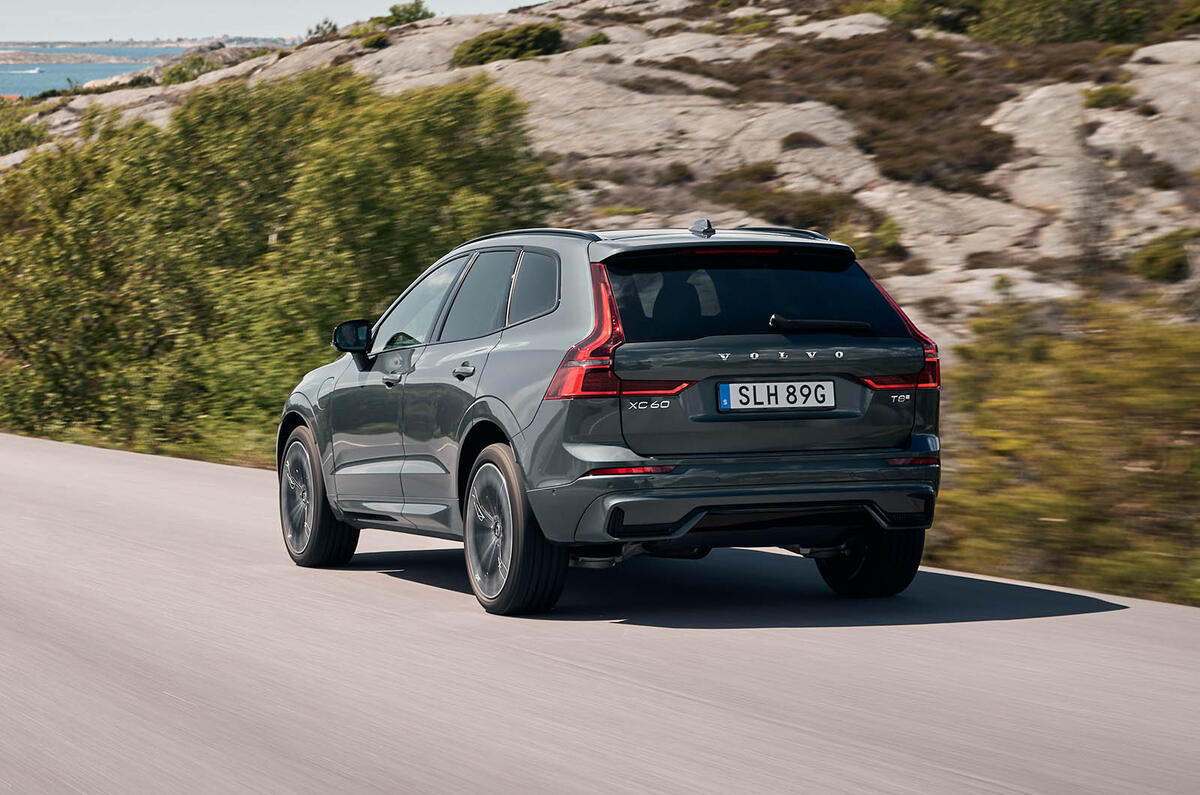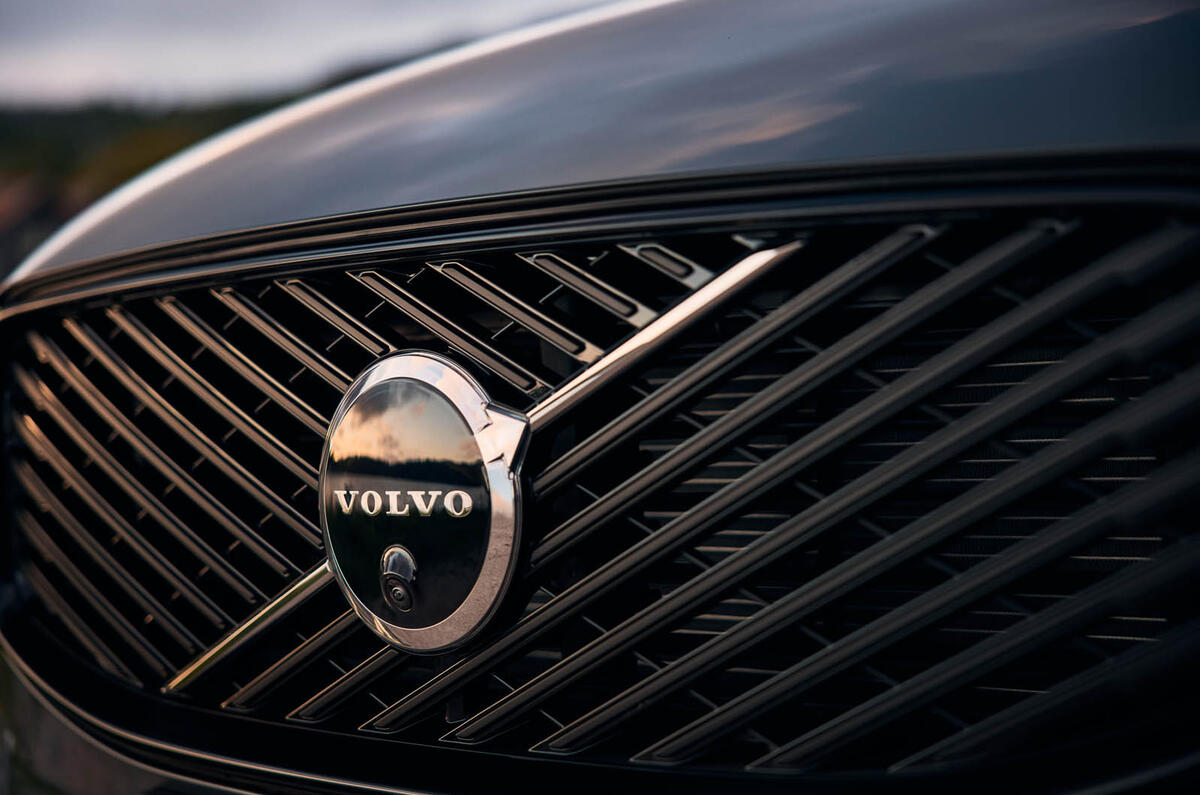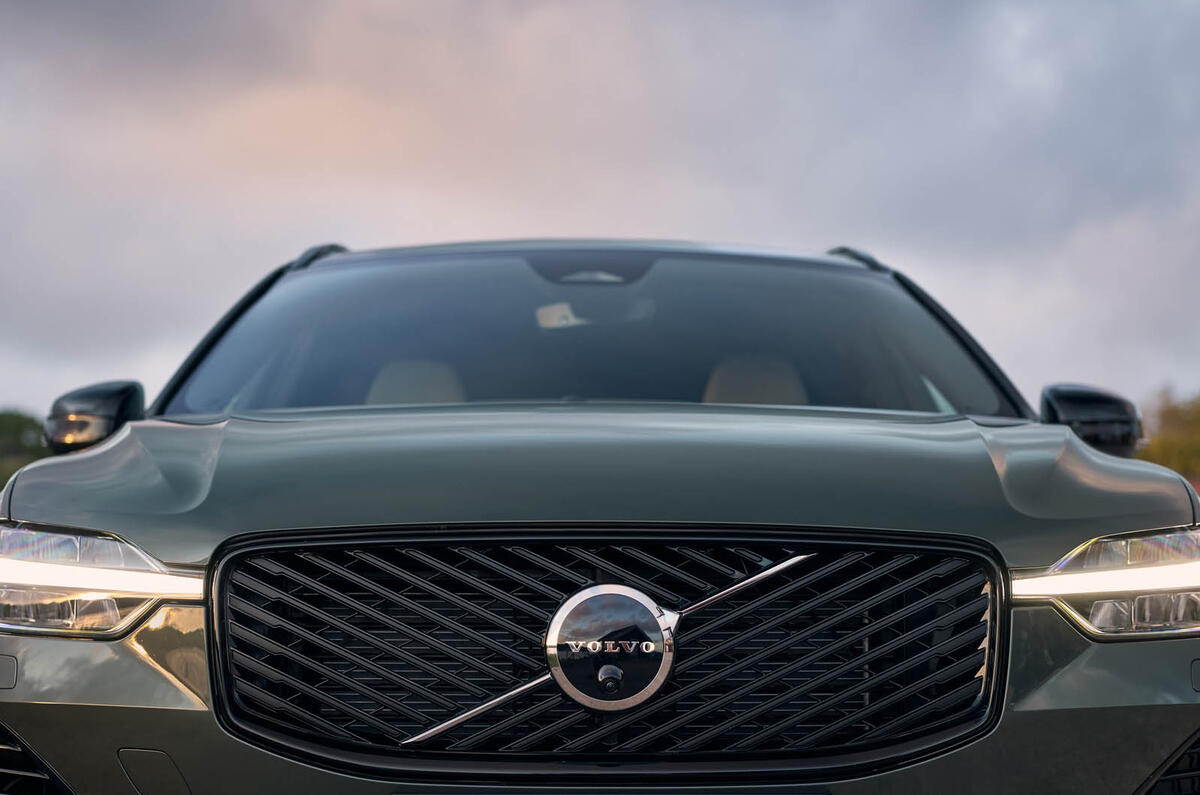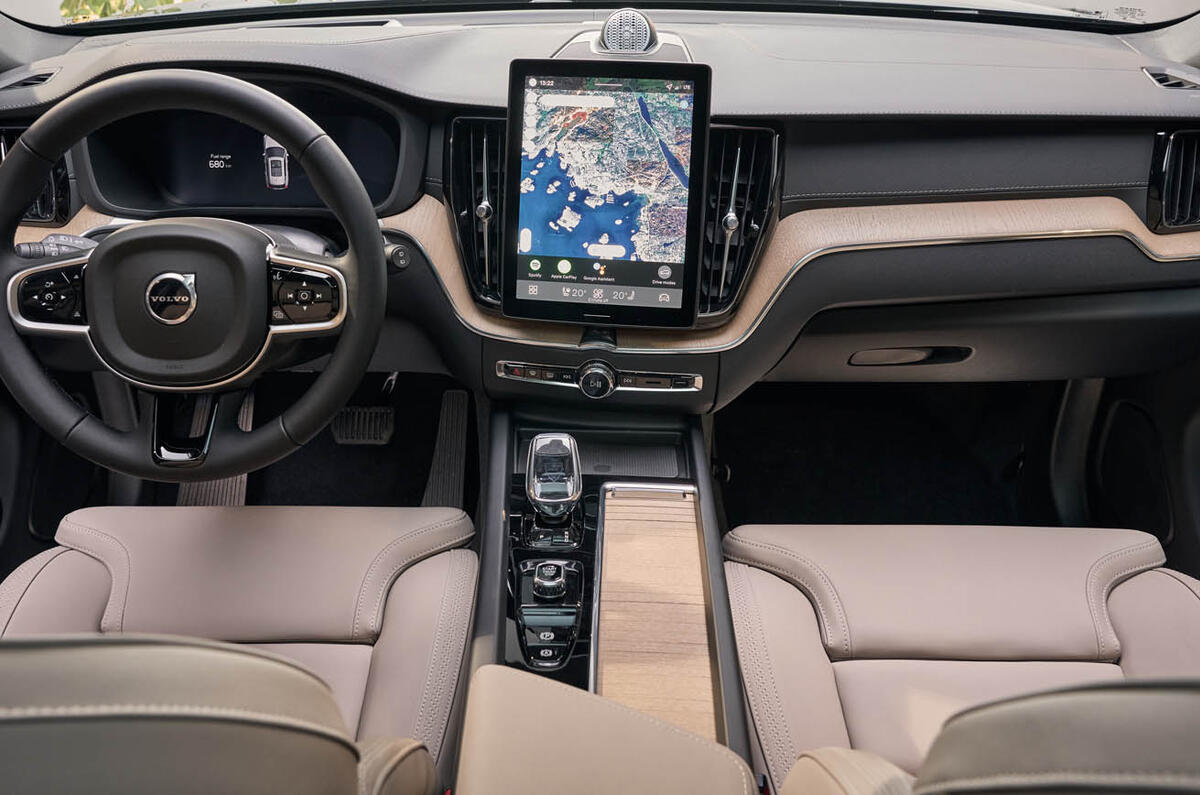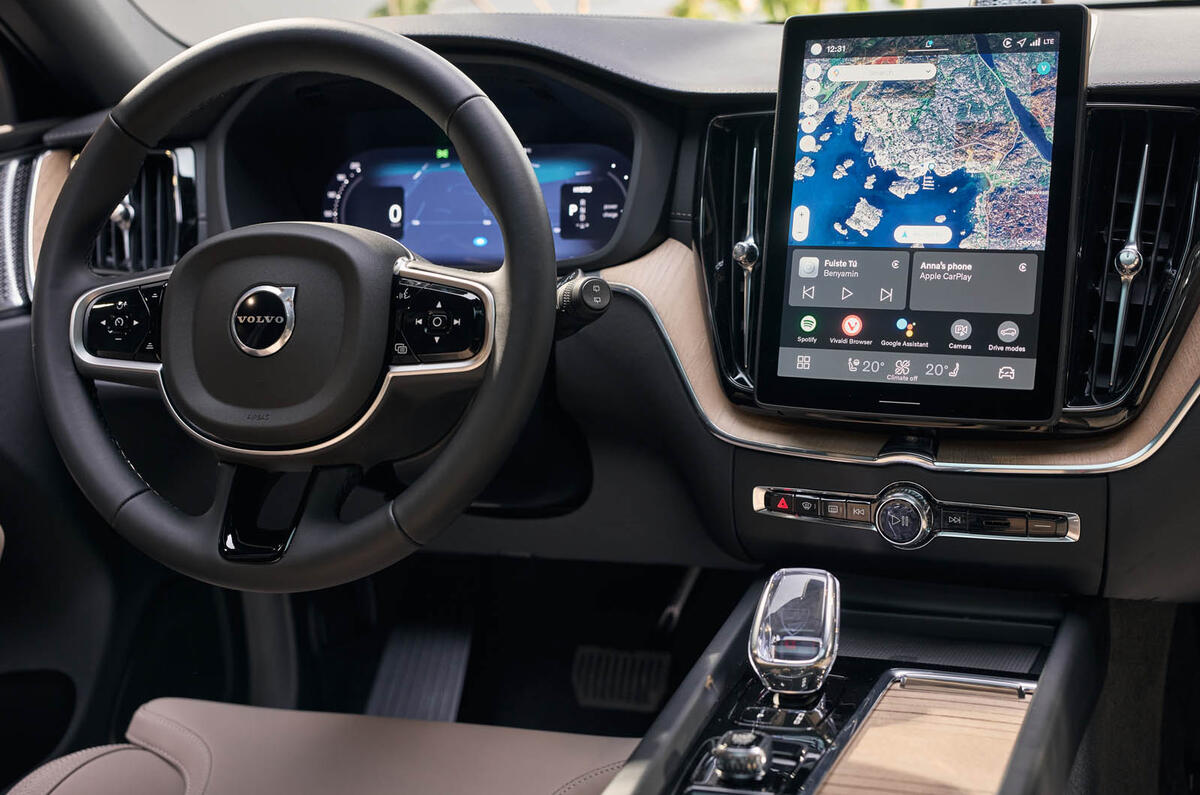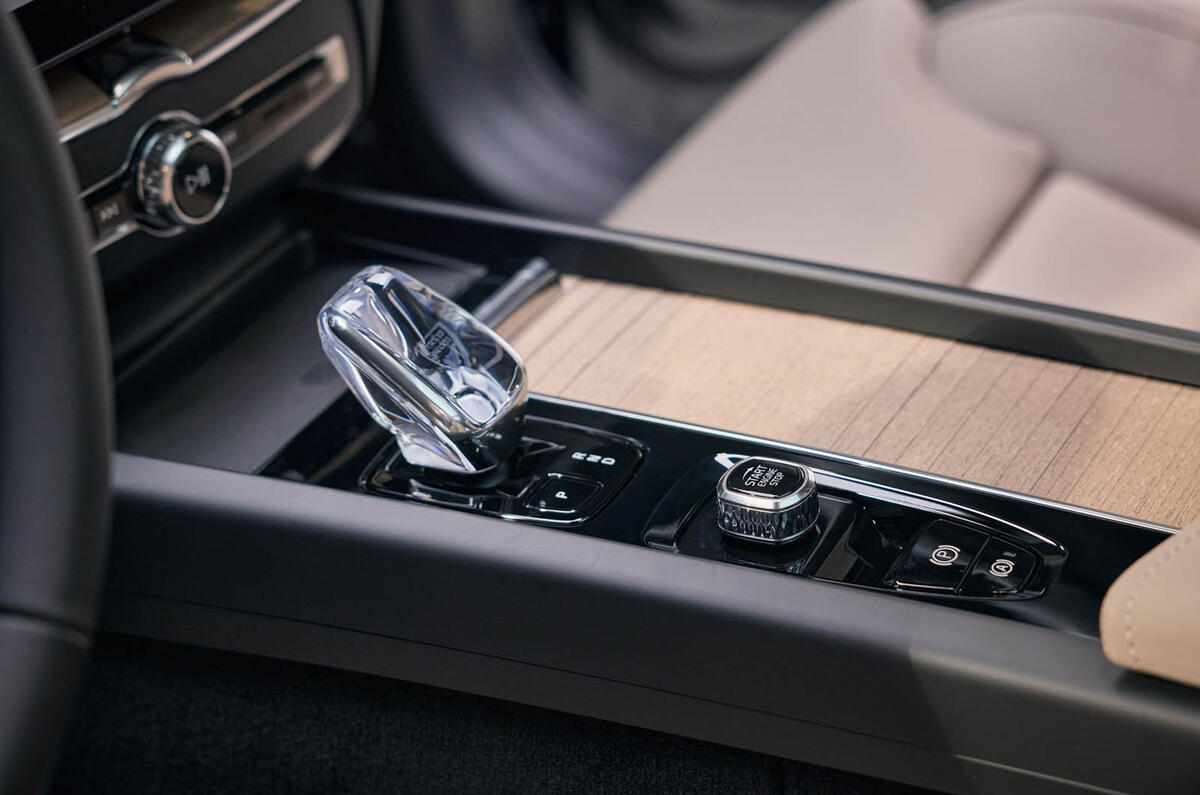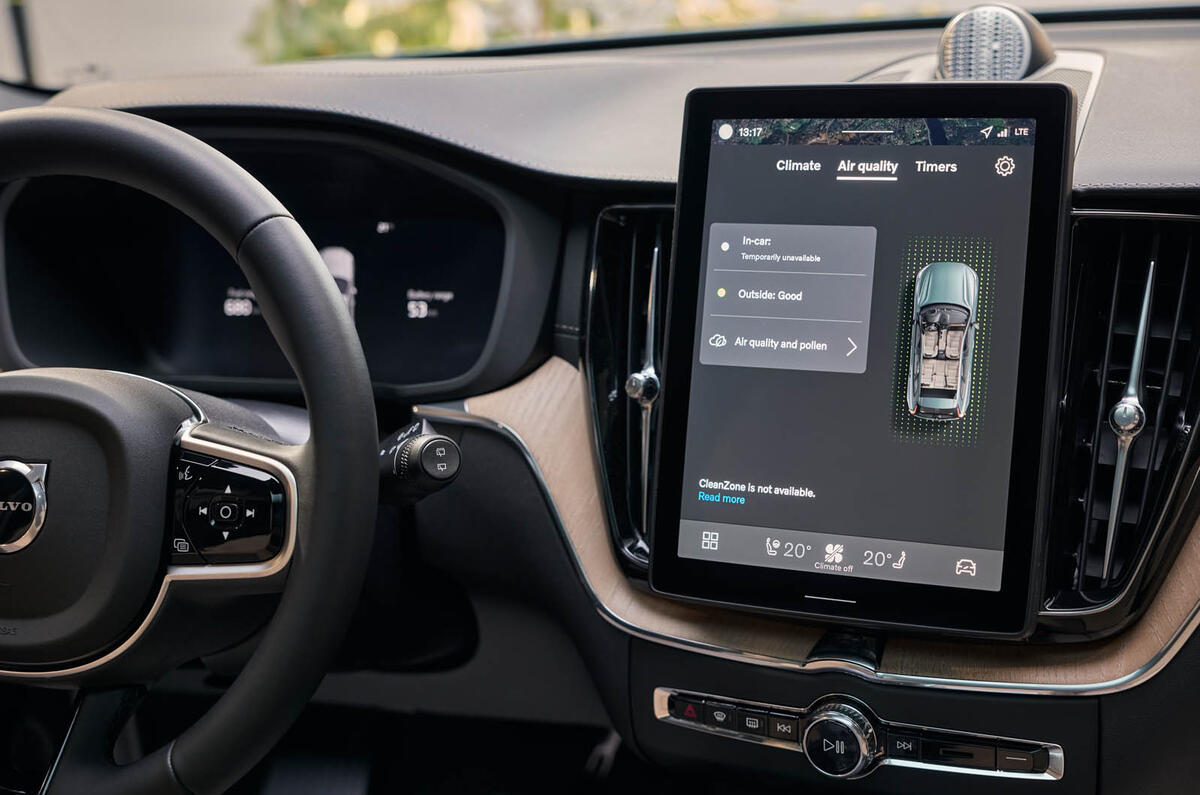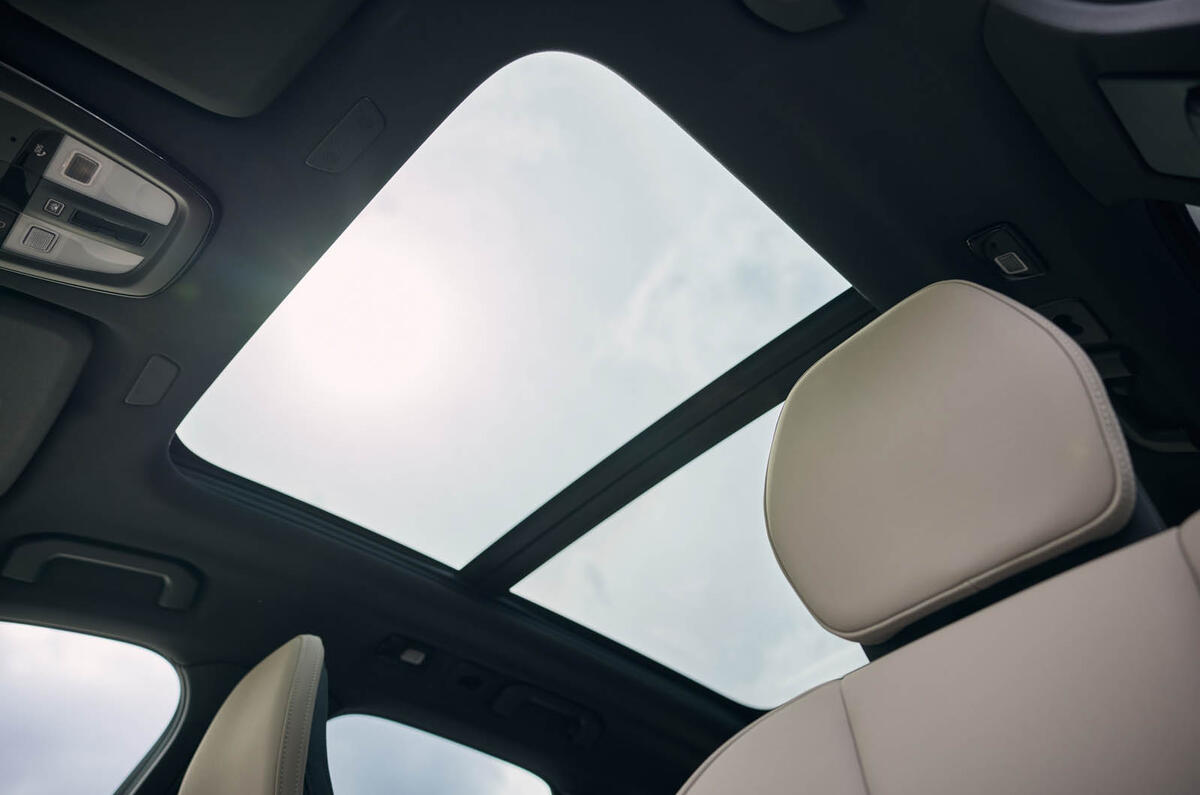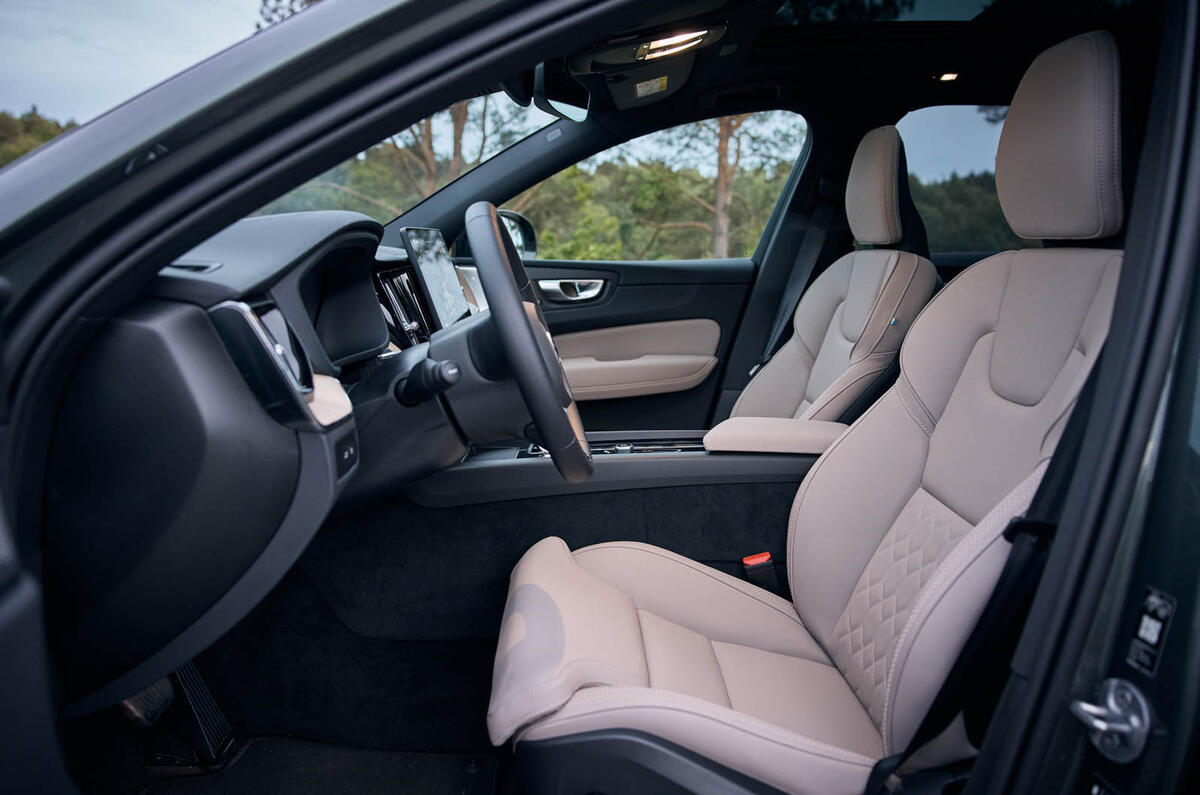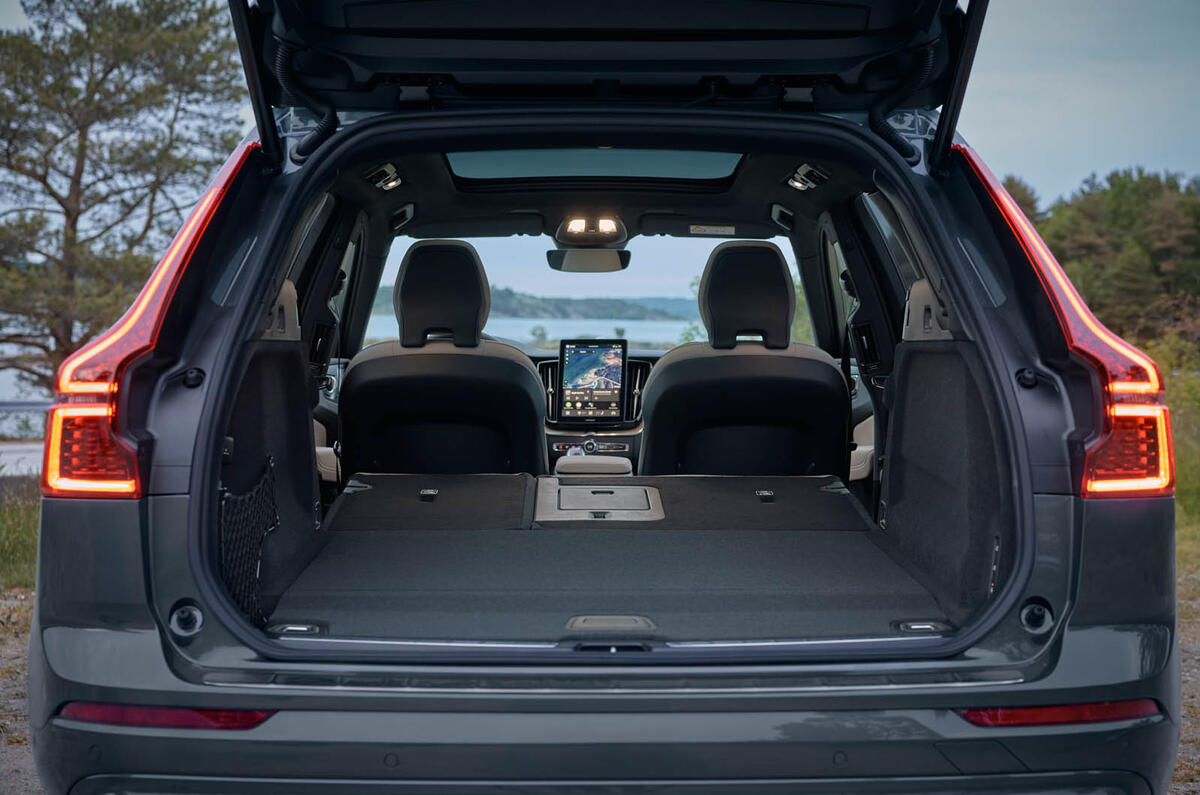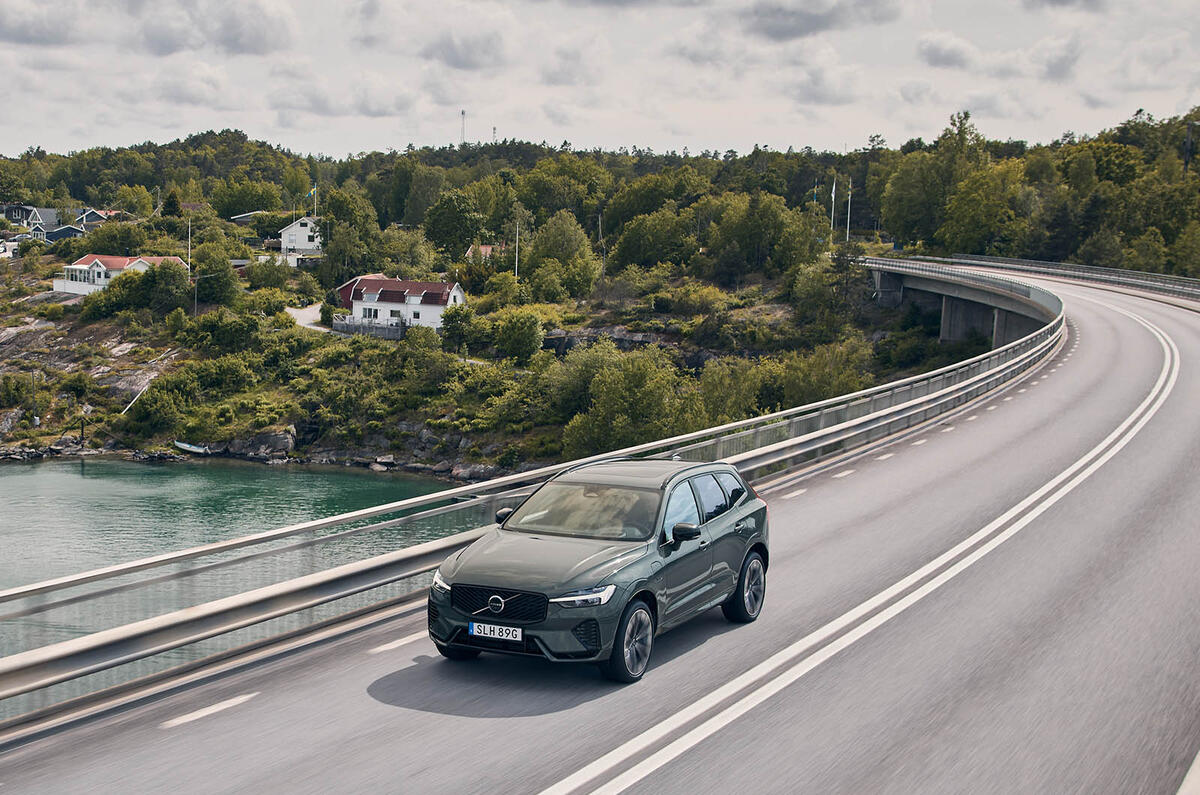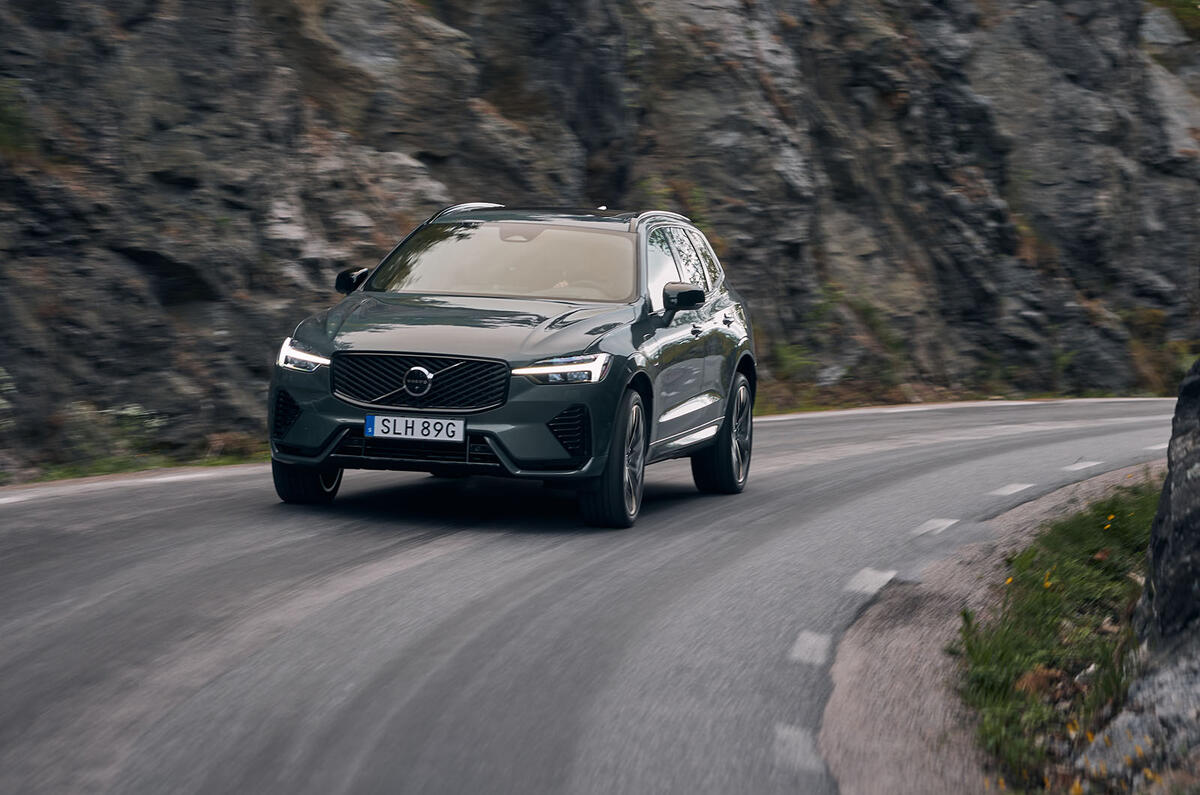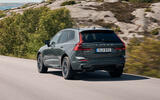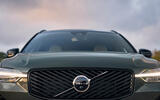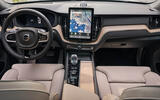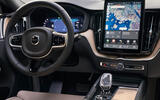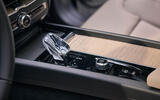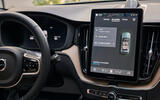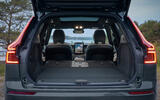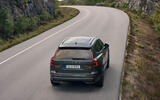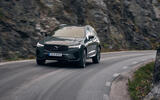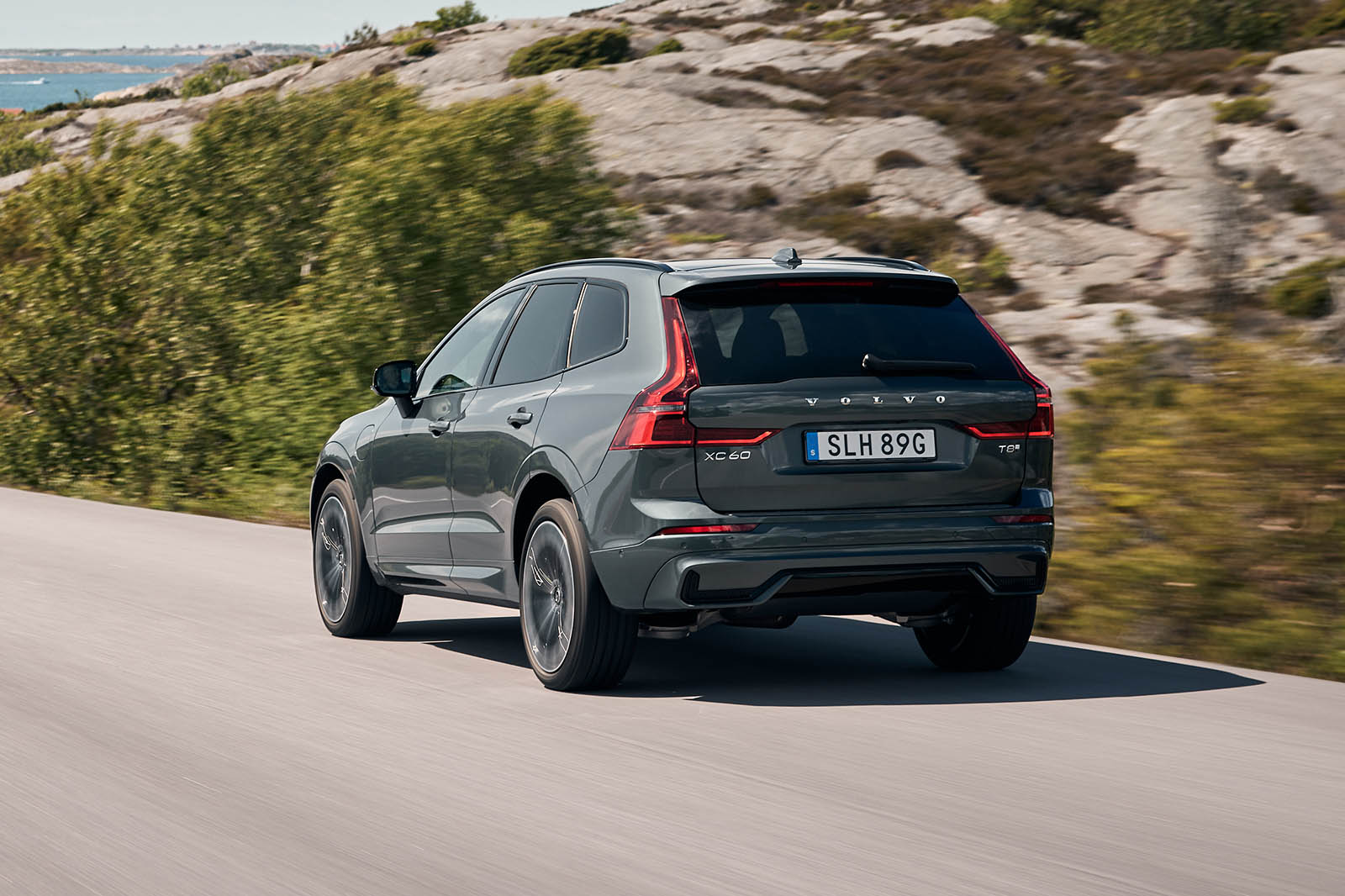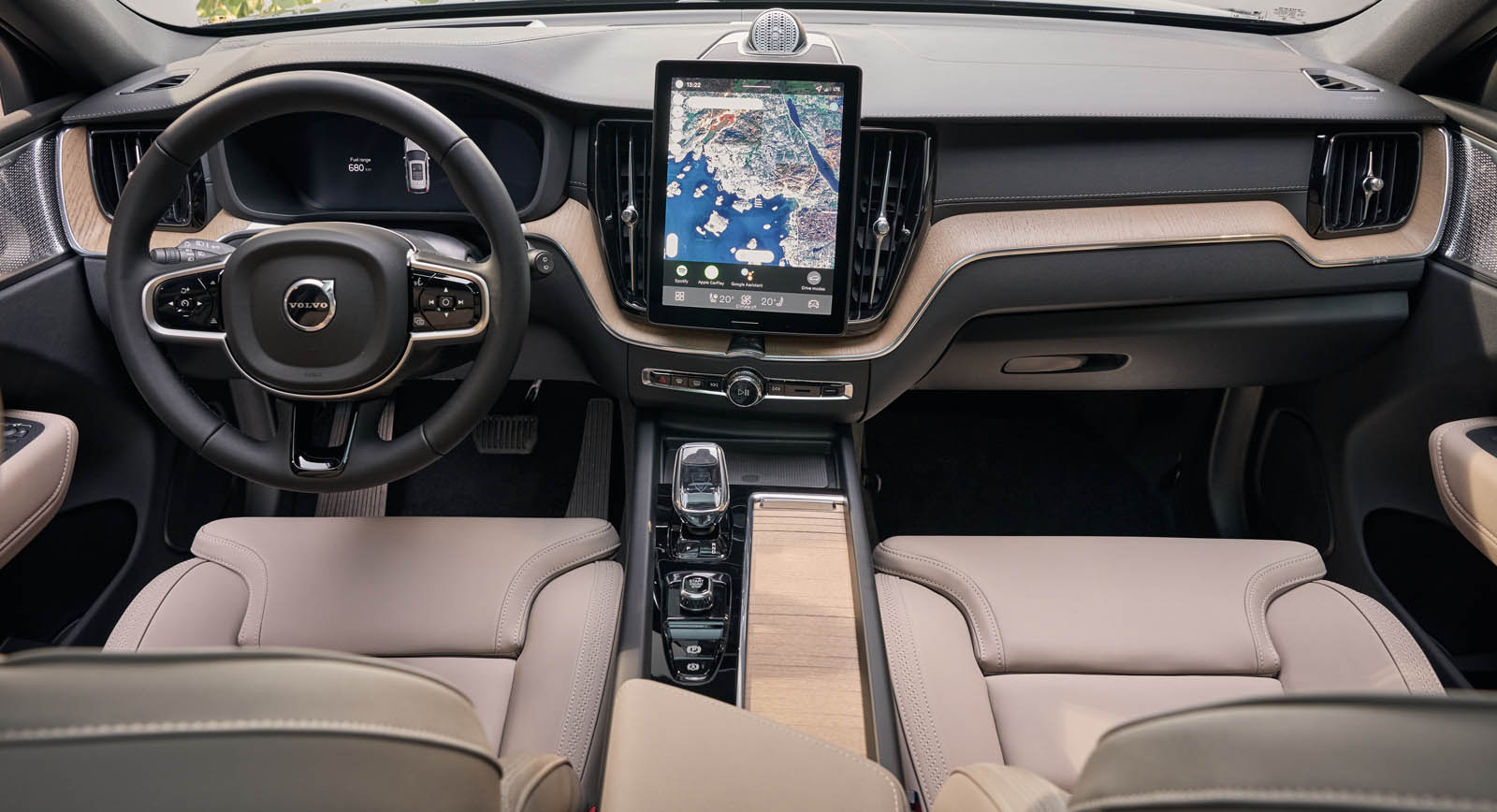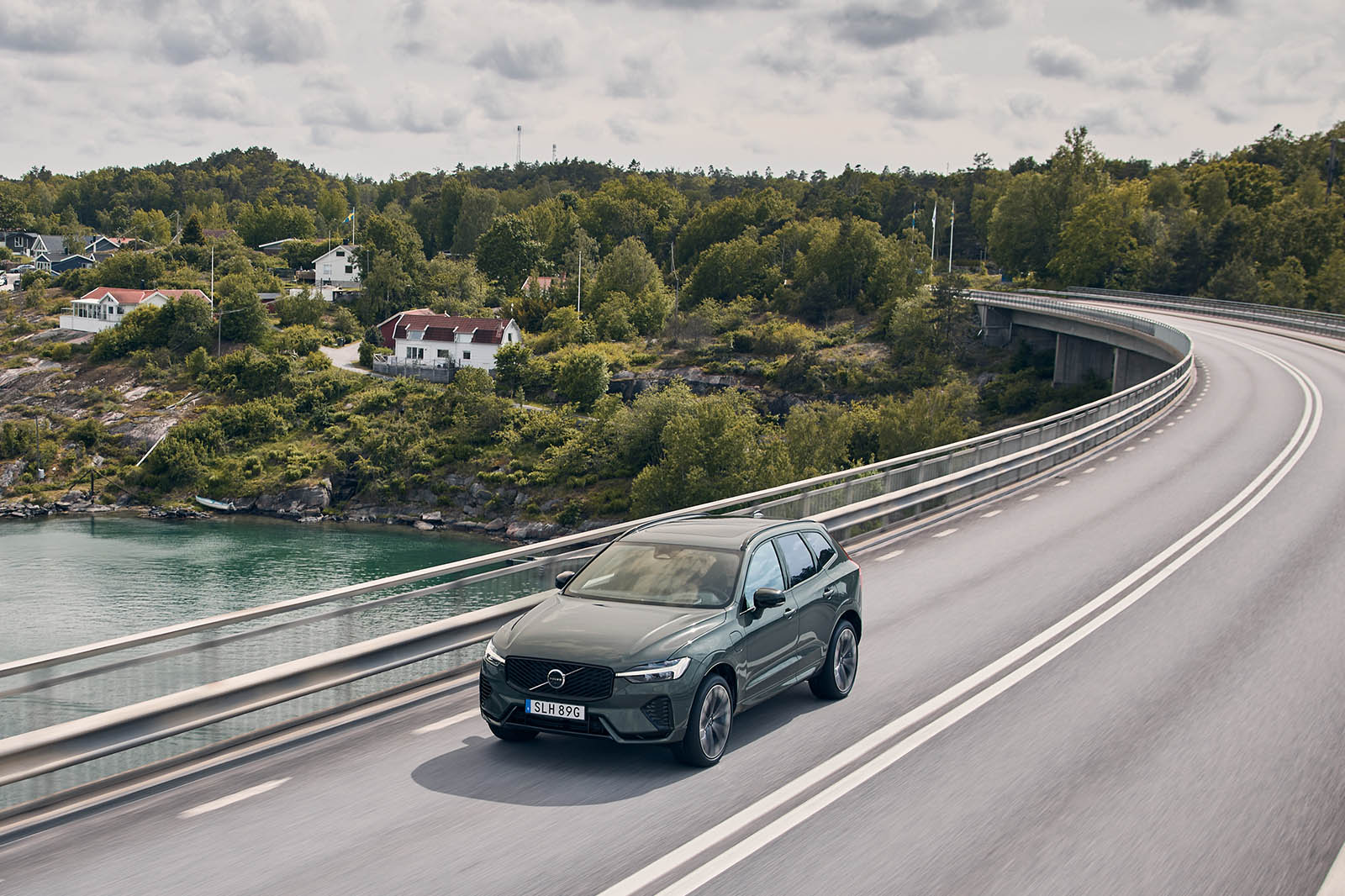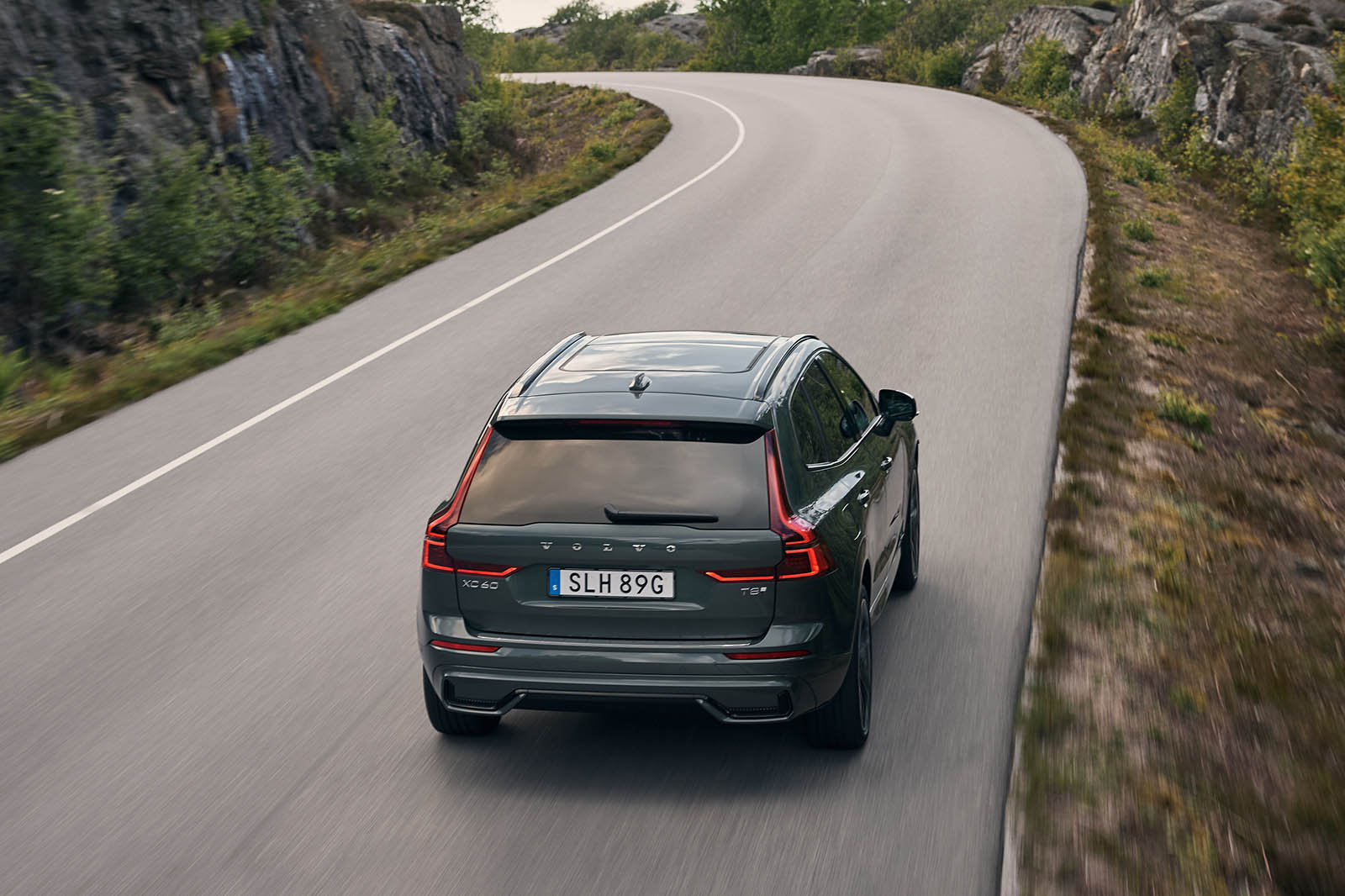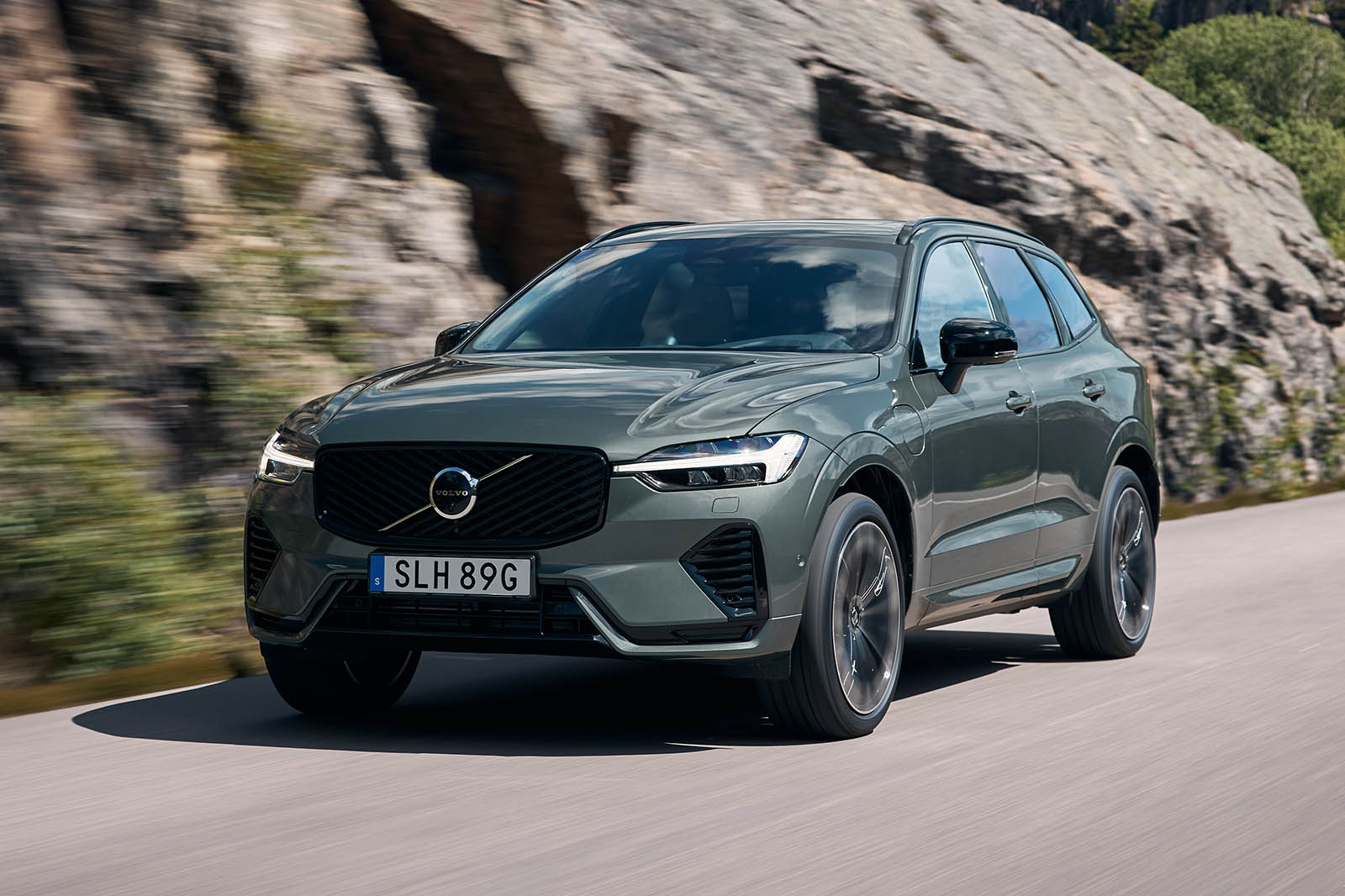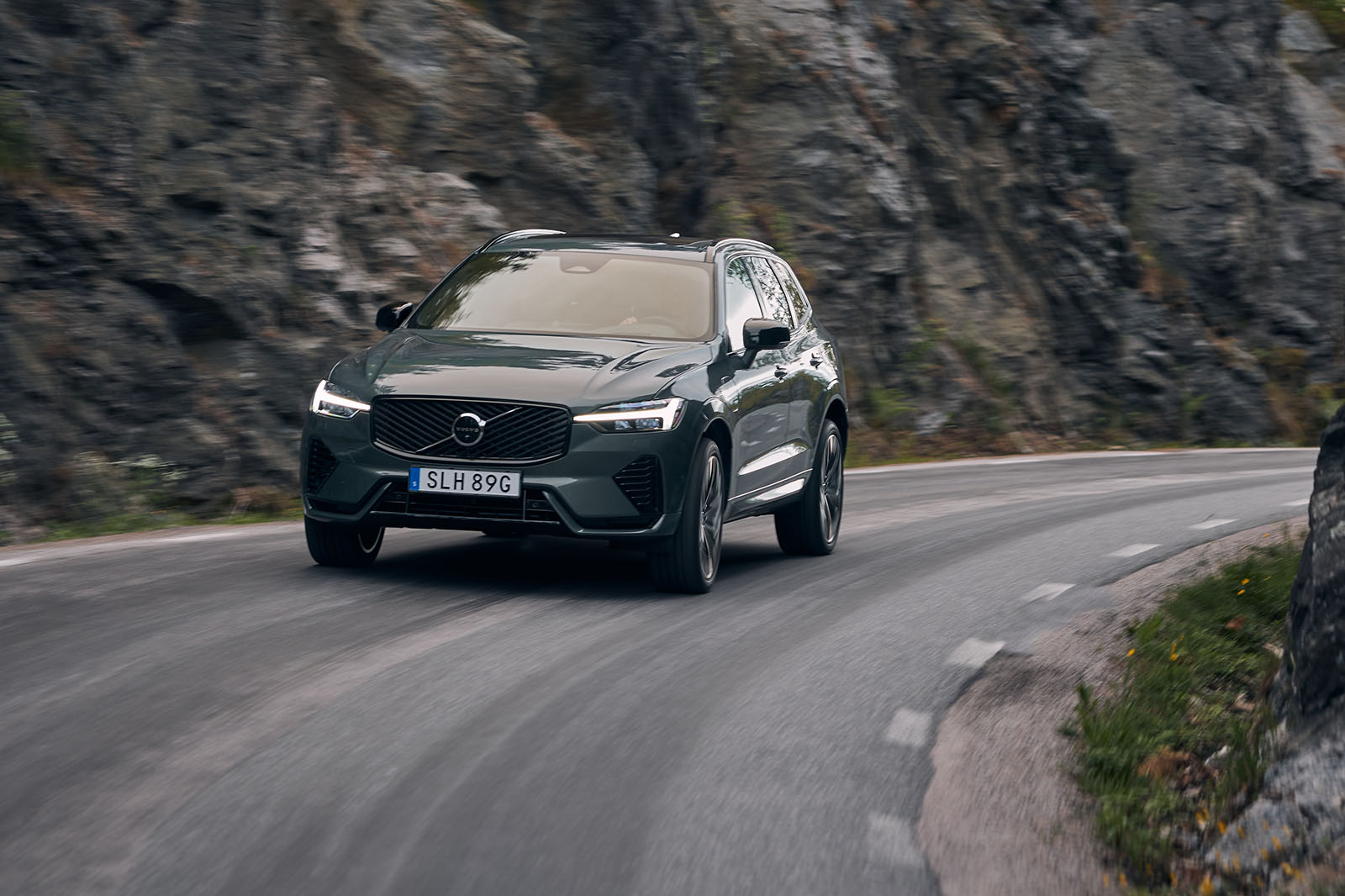Somewhere in a parallel universe without carbon emissions and electric cars, an all-new Volvo XC60 has just been launched to the press. In that world, just as in ours, it has lately become the most important car that the company makes – the most popular model that it has ever sold, no less. It’d be crazy not to invest large in the latest version of a car like that.
And yet here we are. In our world, what we’re getting amounts to little more than a lightly facelifted version of the second-generation XC60, itself launched in 2017, in a similar vein to what we’ve seen with the XC90, its bigger sibling.
An all-electric Volvo EX60 will be along in 2026 and, at that point, this XC60 will soldier on in showrooms much as the XC90 is expected to now, a little like some septuagenarian school teacher just months from retirement whose five grandchildren suddenly move back in at home under tragic circumstances, and all need new shoes and hot dinners.
Or that, at least, is how it looks. Truth is, plenty of other manufacturers are extending the life of existing models in a similar way, as all the R&D cash is going into electric models that may or may not ever deliver a return. Many of those manufacturers just do a better job of making mutton look - and, figurately at least, taste - like lamb.
Range at a glance
| VERSION | POWER |
|---|---|
| B5 AWD MILD HYBRID | 247bhp |
| T6 AWD PLUG-IN HYBRID | 345bhp |
| T8 AWD PLUG-IN HYBRID | 449bhp |



